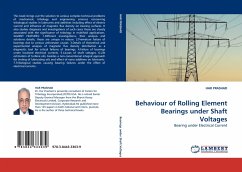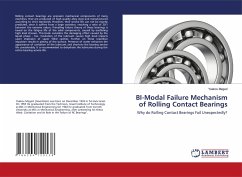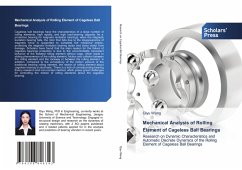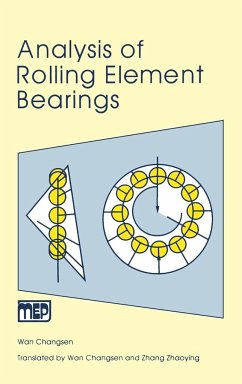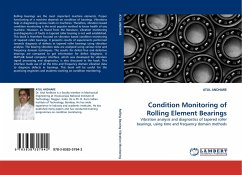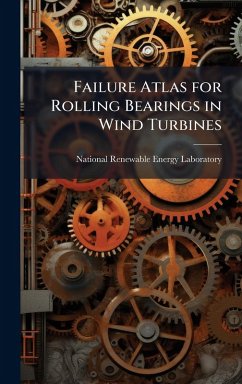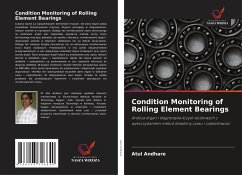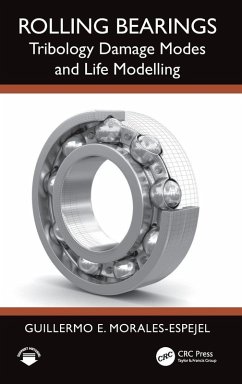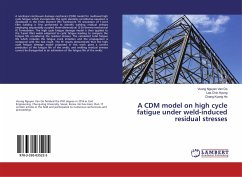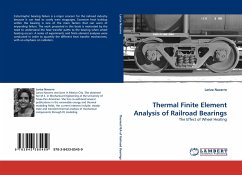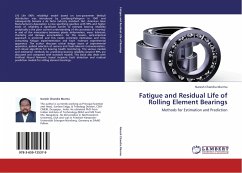
Fatigue and Residual Life of Rolling Element Bearings
Methods for Estimation and Prediction
Versandkostenfrei!
Versandfertig in 6-10 Tagen
45,99 €
inkl. MwSt.

PAYBACK Punkte
23 °P sammeln!
L10 Life (90% reliability) model based on two-parameter Weibull distribution was introduced by Lundberg-Palmgren in 1947 and subsequently became a de facto industry standard. But, American Gear Manufacturers Association is now specifying gearbox with 95% and higher levels of reliability. A significant barrier to estimate bearing reliability analytically is the poor current understanding of the processes of running-in and of the interactions between plastic deformation, wear, lubricant chemistry and damage accumulation. For this reason, semi-empirical approach is preferred and this needs extrem...
L10 Life (90% reliability) model based on two-parameter Weibull distribution was introduced by Lundberg-Palmgren in 1947 and subsequently became a de facto industry standard. But, American Gear Manufacturers Association is now specifying gearbox with 95% and higher levels of reliability. A significant barrier to estimate bearing reliability analytically is the poor current understanding of the processes of running-in and of the interactions between plastic deformation, wear, lubricant chemistry and damage accumulation. For this reason, semi-empirical approach is preferred and this needs extremely meticulous and time consuming fatigue experimentation and fault tolerant experimental apparatus. The author discusses critical design issues of experimental apparatus, judicial selection of sensors and fault-tolerant instrumentation, and robust algorithms for bearing health monitoring. The various models and estimation methods for predicting bearing reliability beyond 90% are discussed and compared with standard models. This book also deals with Artificial Neural Network based incipient fault detection and residual prediction models for rolling element bearings.



